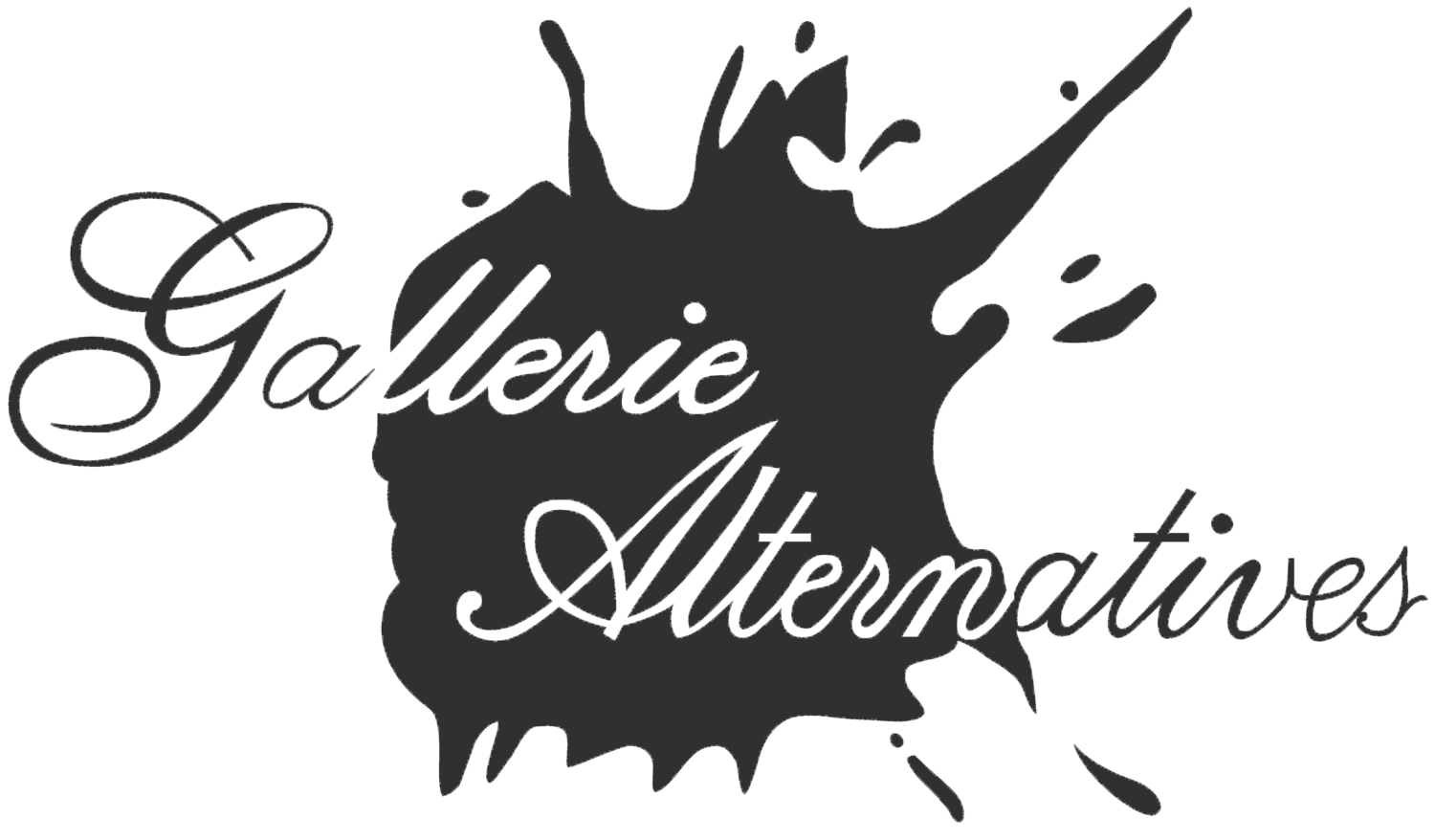Ingrid Pitzer
Lives and works in Berlin and New Delhi.
Education:
1971-1977: Studied at the University of Fine Arts, Berlin,
1977-1984: Study trips to North and East Africa, Asia and Latin America.
Exhibitions
1991-Kulturforum Villa Oppenheim,Berlin.
1991-Stadtische Gallerie, Schealenberg.
1992 -Gallery Sophienstrabe 8, Berlin.
1993-Ma Planck Institute for Education, Berlin.
1993-Gallery im Staudenhof, Ptsdam.
1993-Bank of Yamanashi, Japan,
1994-Gallery at townhall Tempelhof, Berlin,
1994-Deustsche Parlamentarische Gesellschaft, Bonn
1995-Project Bridgesculptur, Berlin,
1996-Art Cologne, Gallery R Springer, Berlin,
1997-Bildhauerfoyer, Constanze Pressehaus, Berlin,
1998-Egyptian Museum, Berlin,
1999-Deutsche Bank, Tokyo,
2000-Gallery Sa Escala 3, Felanits, Mallorca,
1999-Bundesdrackerei Berlin,
1999-Goethe-institut Cairo,
2000-German Consulat General, New York,
2001-German Exhibition at CERN, Geneva,
2002-Gallery Petra Lange, Berlin,
2004-Max-Mueller-Bhavan, New Delhi,
2005-Gallery Petra Lange, Berlin.
Awards
1991-Schwalenberg Award,
1992-Grant of the Senat for cultural affires, Berlin,
1993-Wiepersdorf Castle Grant,
1994-Grant for Japan,
1994-Artist-in-residence Villa Montalvo, CA, USA,
1995-Artist-in-residence Yadoo, NY, USA,
1997-Grant for Japan,
1998-Stiftung Kulturfon of Egypt,
2000-Edward F.Albee Foundtion, NY, USA.
Artist Statement
As a Berlin trained sculptor, I specialized in words made of paper-paperreliefs and paper sculptures. The chosen fibres are of high quality and very long lasting like banana, mulberry, kozo. For more than 2 years I cast my paperreliefs in India. Everything is of interest to me, the architecture, the gardens, the bazaars, the shops with their displayed items, the plants, the trees.
Everything can be soured for creative work.
Dealing with pulp as raw material from the paper mill or own prepared pulp from plants and trees is a media with a lot of surprising moments and results. But how precise ever work is planned, the final paper has always the last word. Never the paper allows acting against its nature. And it is much stronger than we can imagine.
The challenge is, to be as artistically as possible, to make out of a very ordinary daily life object and interesting piece of art this can evoke a new sensitivity and in its best case can lead to the spectators own creativity. The joy, which is always connected with the making of art is the only secure payment for all the sometimes tremendous effort. If the muse is with me than there is no feeling of hunger of thirst, no end at all
